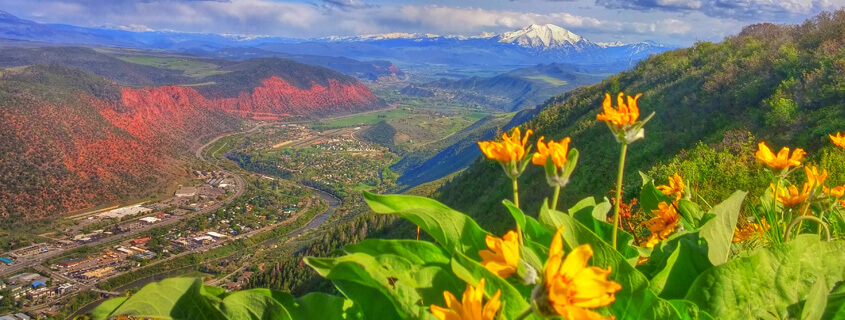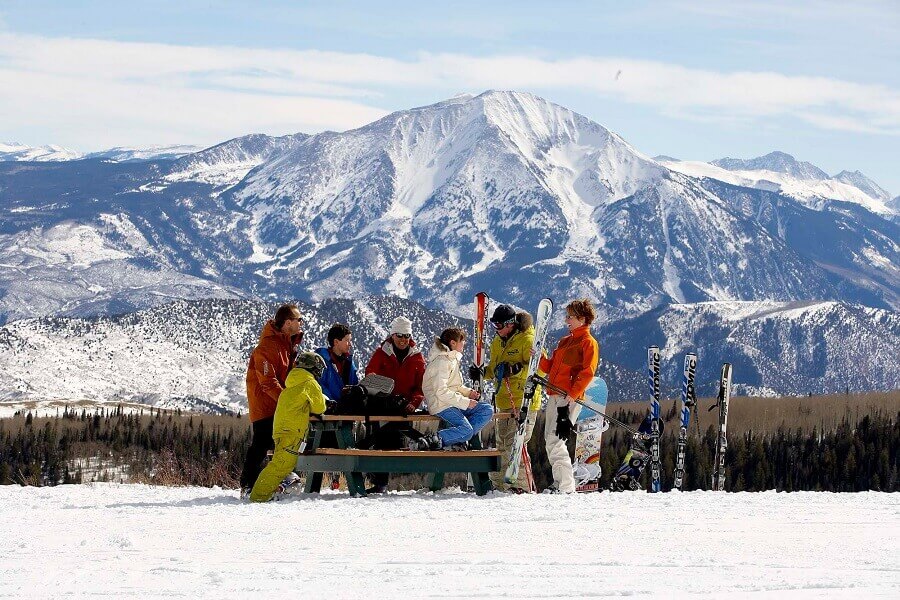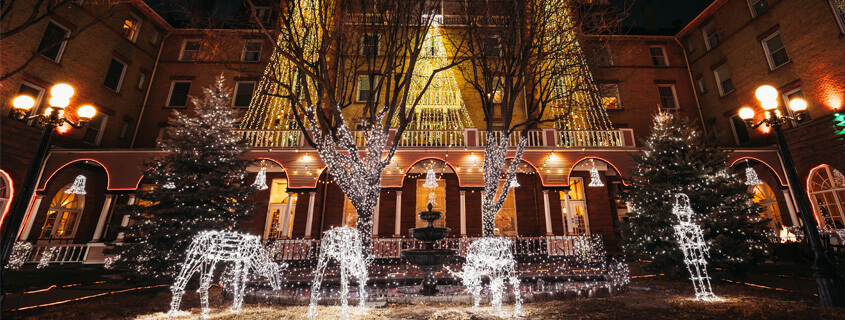Conveniently located along the Interstate 70 corridor, Glenwood Springs is an easy drive destination, but that hasn’t always been the case. Getting to and from the hot springs’ town was a trip that was fraught with challenges until recent times.
Glenwood Canyon has witnessed a remarkable transformation in the realm of automobile travel. From the days of the narrow, one-lane Taylor State Road to the current modern engineering marvel of Interstate 70, the history of vehicular travel through Glenwood Canyon is a testament to human ingenuity, perseverance and the enduring connection between man and nature.
The One-Lane Taylor State Road
At the close of the 19th century, cars were primitive and so were the roads compared to today’s standards. Narrow and treacherous, most travelers chose routes over the Flat Tops and Independence Pass to get to Glenwood Springs rather than attempt to negotiate Glenwood Canyon.
The relatively short section, however, was the most direct route to the hot springs’ town, if only there was a way through. The railroad muscled in on the south side of the Colorado River in 1887, showing it could be done. Inspired, Colorado Sen. Edward Taylor managed to procure $30,000 to fund the construction of a roadway on the north side that would allow for continuous automobile travel between Denver and Grand Junction. After several years of arduous work, Taylor State Road opened in 1902. W.W. Price was the first person to drive a car on the one-lane dirt path. According to news reports of the time, when Price arrived in Glenwood Springs, he “proudly paraded his interesting nuisance up and down Grand Avenue endangering people’s lives and frightening their horses.” *
Paving the Way Forward
As the popularity of automobile travel grew, so did the demand for improved roadways. The 1930s witnessed efforts to widen and pave Taylor State Road, making it more accessible to a broader range of vehicles. The first paved road through Glenwood Canyon opened in 1938 at a cost of $1.5 million. Glenwood Springs residents remembered driving the two-lane highway to Denver, a trip that took an average of six hours.
In 1956, President Eisenhower signed the Federal Aid Highway Act to create a national interstate system. When the Eisenhower/Johnson Tunnel that straddles the Continental Divide in Summit County was completed in 1973, all that remained for an uninterrupted road trip between the coastlines of the country was a troublesome 16-mile stretch of highway through Glenwood Canyon, a worrying bottleneck in the otherwise smooth flow of east-west transportation.
 Interstate 70: A Triumph of Engineering
Interstate 70: A Triumph of Engineering
After years of planning, the decision was finally made to completely redesign the highway and fit a modern four-lane interstate through the petulant gorge. Engineers faced the daunting task of devising a solution that would withstand the elements, meet the demands of vocal environmentalists and foster opportunities for recreation while providing an efficient and safe corridor for drivers.
The culmination of decades of vision, Glenwood Canyon is still considered a marvel of engineering. It took an astounding 10 years and $490 million to complete the project. Opening to travelers in 1992, the interstate through Glenwood Canyon revolutionized highway construction by integrating manufactured structures while simultaneously highlighting the canyon’s curvaceous contours. Elevated viaducts, reinforced tunnels and innovative construction techniques were key elements in the award-winning highway design. Four rest areas further enhanced the canyon, offering travelers a place not only to relax but also explore recreational opportunities. From points throughout, visitors can access river sports such as rafting, kayaking and fishing; hiking trails including Hanging Lake and the Glenwood Canyon Recreation Path, a multipurpose paved surface for biking and walking that originates in Glenwood Springs and winds through the canyon.
A Drive for All Times
Fortunately, some things don’t change no matter how much time has passed. The joy of driving through Glenwood Canyon to experience its rugged beauty is one of them. W.W. Price chose a Ford Model T and rumbled along a dusty, one-lane road; today’s drivers might prefer a Tesla to zip through on smooth concrete surfaces. Either way, Glenwood Canyon remains a spectacular drive filled with both manmade and natural wonders.
Learn more about Glenwood Springs history and make plans to visit today!
*Wooing a Harsh Mistress Glenwood Canyon’s Highway Odyssey by John L. Haley

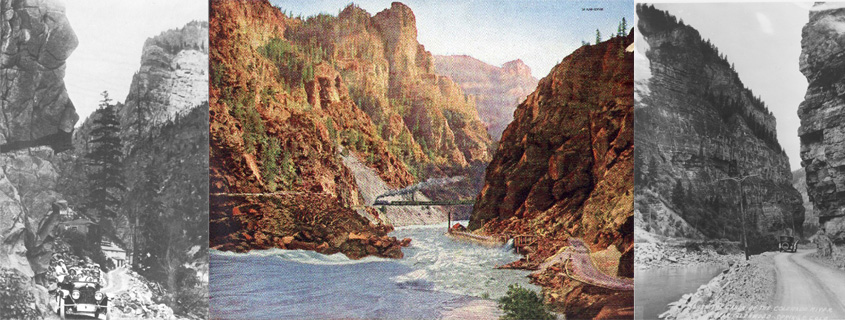
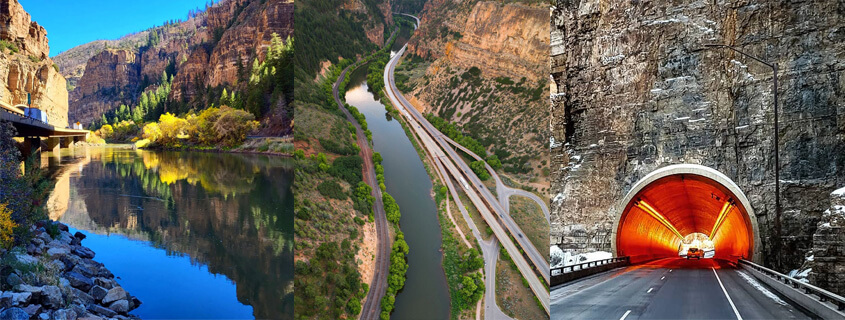 Interstate 70: A Triumph of Engineering
Interstate 70: A Triumph of Engineering